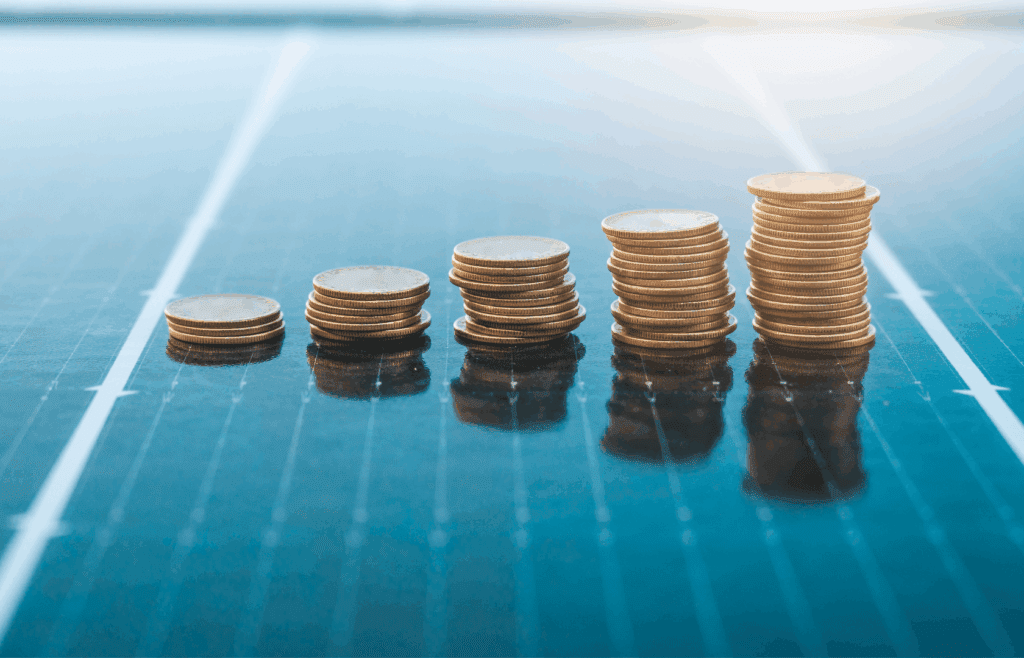
You’ve probably read the headlines proclaiming that solar is now the cheapest form of electricity in history. That sounds amazing, right? But as moms managing grocery bills, school supplies, and rising energy costs, we have to ask, is it cheap for families like mine or cheap for utility companies and big developers only?
The answer is: both—but in different ways. Let’s break it down.
What “Cheapest Energy” Actually Means
When energy experts say solar is the cheapest, they’re usually referring to the Levelized Cost of Energy (LCOE). That’s the average cost to produce 1 megawatt-hour of electricity over the lifetime of a power plant, whether it’s a coal plant, gas plant, or solar farm.
According to the International Energy Agency (IEA), solar PV is now the lowest-cost source of electricity in most countries—cheaper than coal, gas, and nuclear. This includes utility-scale solar farms, which sell electricity directly to the grid.
What About Rooftop Solar for Families?
While the low LCOE of solar applies mainly to utility-scale solar since it can take advantage of economies of scale, residential, community, and commercial solar projects also have LCOEs that are falling. In fact, the cost of residential solar has dropped over 60% in the past decade. Although not as cheap as the energy produced by massive solar farms, rooftop solar now saves the average U.S. homeowner $20,000 to $50,000 over 25 years.
How does that work?
- You pay upfront or finance your system with a loan or lease.
- The solar panels generate electricity that offsets your utility bill.
- If your system makes more than you use, you can get a credit on your utility bill for the electricity you generate (in most states, via net metering).
- Your monthly bill drops, often on day one, depending on your financing.
Unfortunately, Trump’s Big “Beautiful” Bill eliminated the 30% residential solar tax credit; however, solar can still be a good deal for families. Often, solar companies offer financing with credit unions or green lenders that have good rates, allowing you to swap your utility bill for a loan payment. After the loan is repaid, your electricity bill is free or greatly reduced for the rest of the time you live in the home.
When the tax credit was available, payback on a solar project usually took between 5-10 years (depending on where you’re located). Without the tax credit, that payback time will be a bit longer, but if you plan to stay in the house for that time, solar is still a great investment.
And, if you need an additional reason that a solar energy system is worth investing in, solar is shown to increase your home’s value by 4%.
What If Our Home Isn’t Good For Solar?
Even if rooftop solar isn’t an option for your family right now (e.g., you rent, have a shaded roof, or aren’t ready to invest), you can still benefit from solar.
In many areas, you can subscribe to a community solar program. These shared local solar projects bring you the benefits of rooftop solar if you aren’t able to put solar on your home. You’ll get credits on your electric bill and the peace of mind knowing your electricity is coming from a renewable source, not dirty fossil fuels.
Just talking to people in your neighborhood about solar can help your whole community. When more families and businesses install solar, it means less pressure on your local grid, especially during high-demand times—like around 6 p.m. when everyone’s cooking dinner, doing laundry, and blasting the A/C. Without local solar power feeding into the grid, your utility company has to buy expensive electricity from other sources to keep the lights on. But when solar is available locally, it lowers peak energy costs, making electricity more affordable and reliable for everyone—even those who don’t have solar panels themselves.
Solar energy also keeps communities healthier, which can reduce health care costs. At those peak demand times, if a grid operator has to turn on a gas-powered plant to produce the extra energy it needs, that means more pollution in that location. Clean energy brings better air quality to the whole community, especially for kids with asthma and other health concerns.
Moms Make the Message Stick — Join Us For Sun Day!
When you talk to people in your community, you’ll find that many of them don’t know much about solar, and they may still think of solar as “alternative energy.” It’s so important that the message gets through that solar is now a mainstream way to get your electricity, and it’s cheaper than buying it from the utility company. That’s what Sun Day is all about. If we’re going to give our kids a livable future, it has to be powered by renewable energy like solar and wind.
Moms are the trusted voices we need right now to spread that message to our communities. We’re natural organizers, protectors, and truth-tellers. When we host or attend a Sun Day event, we make clean energy feel real, safe, and accessible. People don’t always trust ads or installers, but they trust their neighbors—and especially moms—to tell it straight. So whether it’s busting myths, sharing your savings story, or just creating space for questions, your voice matters.
This September 21, be part of the movement: host or attend a Sun Day event and help your community see that solar is cheaper, safer, and better for our kids’ future.
